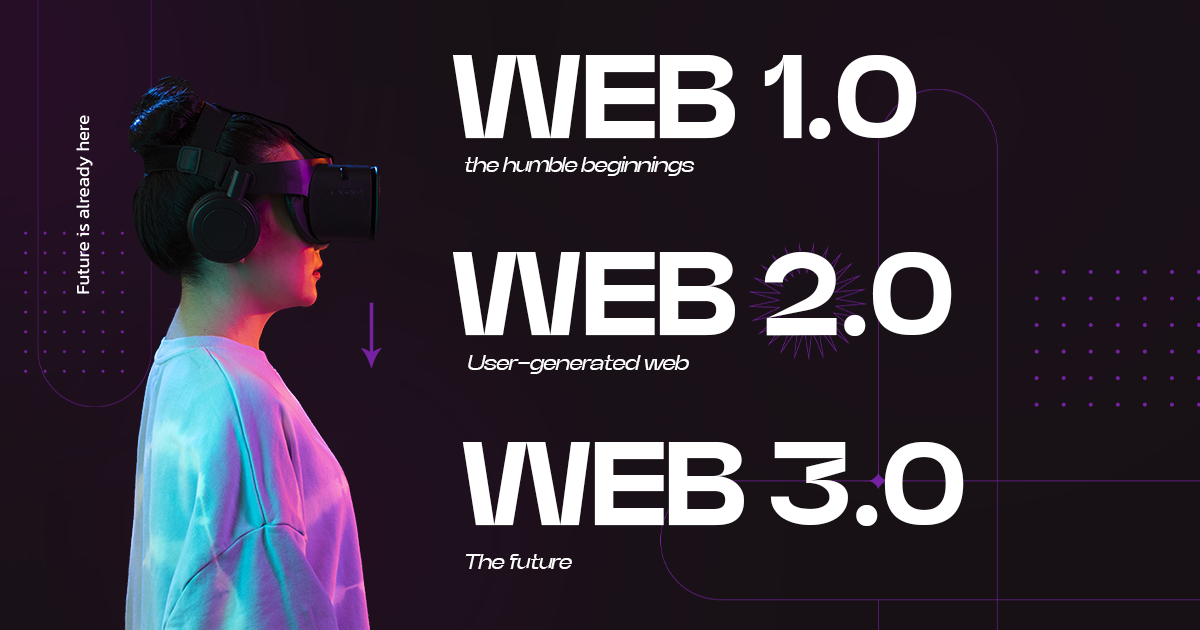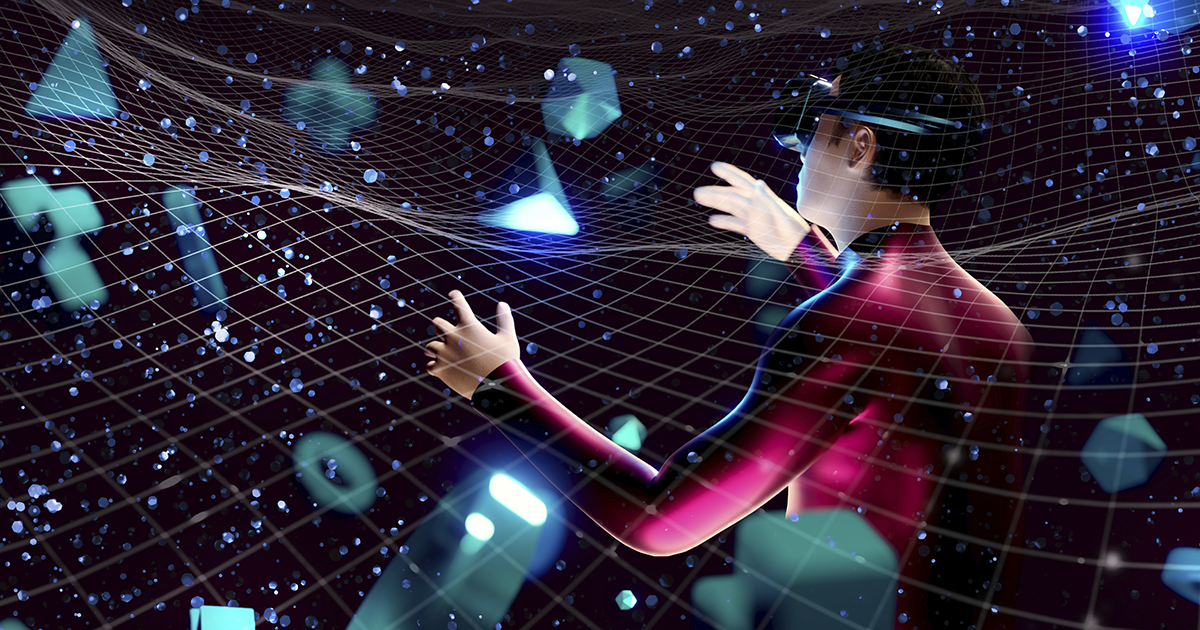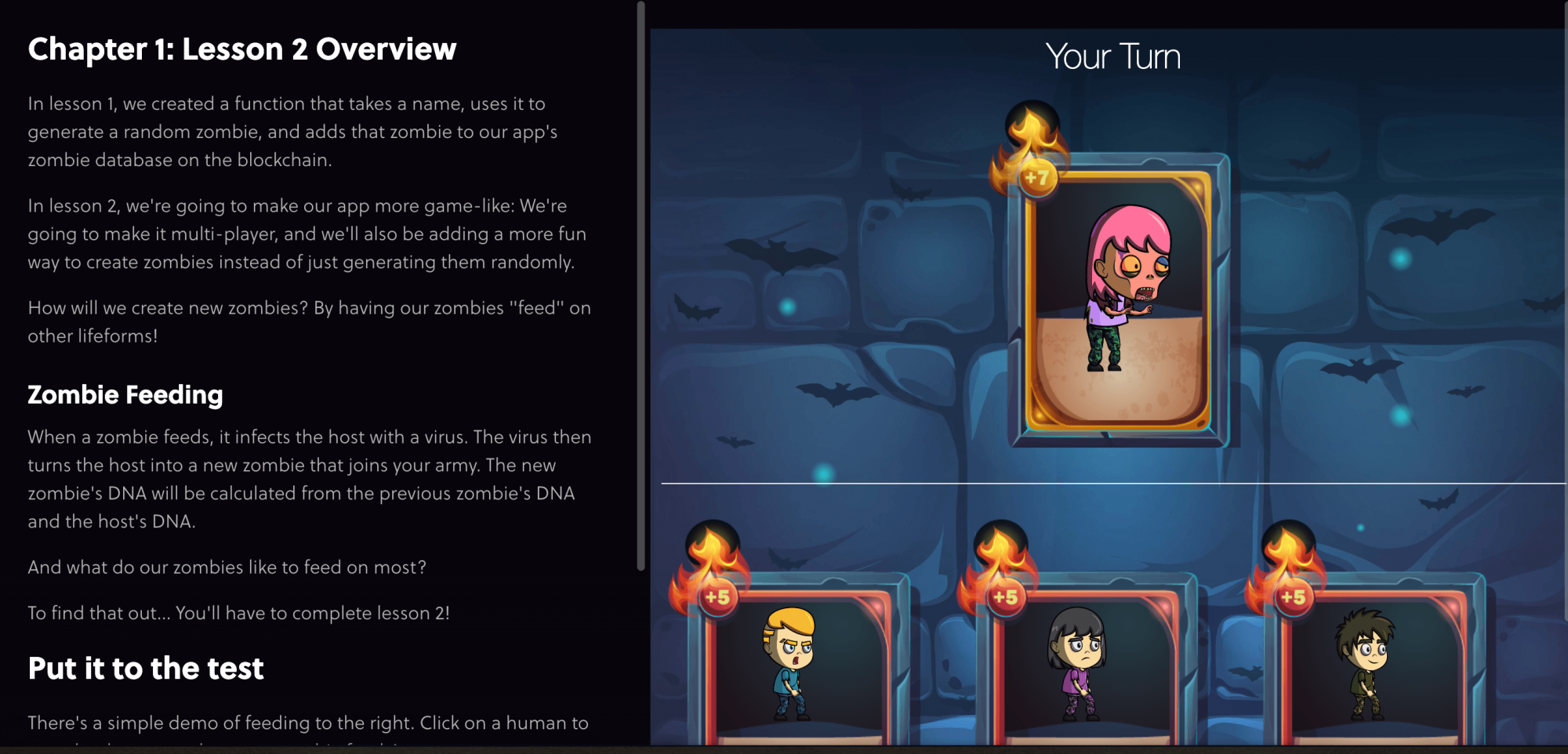The third generation of the internet is almost here, and with the emergence of Web 3.0, things are changing rapidly. But what exactly is different now? How can we as developers adapt to these changes? How to understand the progress, and why do we need to separate eras in web history?
It’s crucial for developers to understand the paradigm shift and embrace the new decentralized web, but how do we do that without starting from scratch? Find out in the rest of this article as we dive into this question and provide valuable insights on how to adapt to the changes.

Web 1.0 – the humble beginnings
This was the first idea of a globally connected network and the earliest version of the Internet or Web 1.0. The one word that could describe the internet as a whole at that time is – static. Most of the web was comprised of static web presentations, connected between them via hyperlinks. It is commonly referred to as the ‘view only’ web – the web which didn’t have any interactivity whatsoever.
Firstly, dynamic URL was the game-changer. All the resources that were a crucial part of the internet also evolved, introducing different and modern solutions for internet services. Clouds changed how those services could be delivered over the internet.
Most of the programming back in the day was done using just a simple HTML (Hyper Text Markup Language) code, that structured the web page and position of images. Later, the web design environment evolved introducing CSS (Cascading Style Sheets), which allowed a more in-depth approach to stylizing web presentations.
However, the user market has hungry for user-generated content. From this idea, Web 2.0 was borne.
Web 2.0 – User-generated web
In addition to a ‘read-only’ web page, Web 2.0 has grown into a ‘read/write’ Internet. The users are now able to input data which is sent directly to the servers, and the servers are in turn, able to send data back to the user. As a result, this made the Internet much more user oriented and personalized.
This was possible due to the main internet protocol HTTP (Hypertext Transfer Protocol).
But Web 2.0 would still be impossible without cloud technology, which allowed the usage of abstract server hardware. To simplify, cloud technology is what gives us our online storage devices, such as Google Drive.
Finally, Web 2.0 relied on the centralized database system, which is a form of organizing data traditionally, under the governance of a singular authority.

Web 3.0 – The future
It took us well over 10 years to transition from Web 1.0 to Web 2.0, and who knows how much time will pass until the Internet in its current format changes to the internet of the future – Web 3.0.
Web 3.0 represents a shift in how data is stored and managed through the utilization of blockchain technology. Rather than relying on a centralized database, the decentralized approach of Web 3.0 empowers users to take control of their data, storing it across multiple interconnected machines, thereby breaking free from the limitations of centralization.
Additionaly, one fundamental difference between the two previous iterations and Web 3.0, is the ability of Web 3.0 to work with cryptocurrencies instead of fiat currency.
Web 3.0 was designed with AI in mind. The reasoning behind artificial intelligence was that it would provide users with relevant data quickly. Using social bookmarking we can get better results than Google search. However, these results can be mass manipulated by paid bookmarkers, which would in term offer paid search results, instead of the real ones, so to say. This is where AI comes in. It has the option to filter out legitimate results, showing us the results which are not manipulated.
Recommended ➜ Read about taking advantage of blockchain and digital disruptors in your industry.
What does Web 3.0 offer?
Some unique features can be developed using web 3.0.:
- NFT or non-fungible tokens are the tokens stored in the blockchain. They are unique digital identifiers that can not be changed, copied, or substituted. It is stored in the blockchain and is used to certify ownership or authenticity.
- Defi or Decentralised finances can replace traditional banking systems with decentralized, safe, and manageable finances.
- Cryptocurrencies are tokens on the blockchain that powers users to use various dApps.
- dApp (Decentralised Applications) are apps built on top of the blockchain network. These apps can make use of smart contracts.
- Smart contracts are an essential part of dApps. They are basically a piece of code that can be executed automatically, and it is immutable.
- DAO or decentralized autonomous organization is a form of organization that offers governance and structure in a decentralized ecosystem.
Recommended ➜ Learn how to start a DAO (Decentralized Autonomous Organization).
So, how do we develop Web 3.0?
The main programming language for developing Web 3.0 is Solidity.
It is an object-oriented complex programming language used to implement smart contracts into blockchain platforms. We have asked one of our blockchain experts, to share his experience with Solidity.
‘Security is key, and I can’t stress this enough. Most of the code you are going to write in Solidity needs to be as secure as possible. Hacking attacks have done major damage to some big companies. You can achieve the greatest possible security by writing robust tests and as many of them as possible. One more thing is minimalistic, clean code. Code with fewer lines of text is going to be easier for testing. Also, it is going to give any other developers you are working with an edge, for it is more understandable. The most important thing, however, is experience. You will achieve better results as you code more, learn more, and invest more time in learning.

Where to start on Web 3.0
We all love our learning process to be interactive. Make yours more engaging by exploring some of the interactive learning platforms. If you’re a seasoned programmer, try out these to enhance your education beyond traditional courses.
Cryptozombies.io is a platform where you program zombies while learning the basics of Solidity programming language.

On the more advanced level, you can try Ethernaut. It is a platform that teaches you security by presenting you with smart contract problems and asking you if you can solve them.
Next step towards a decentralized future
Upgrade your knowledge! This is a must. Technology is changing so rapidly that if you are stagnating as a developer, things are going to get out of hand quickly. Challenge yourself to implement new ideas. The more experience you have, the better.
Web 3.0 is still a new concept. However, the future might be just around the corner and we, as developers should be ready.
With cyber-security being one of the top priorities of both commercial and personal agendas, blockchain is currently an unmatched technology.
The process of learning how to code a blockchain is time-consuming but rewarding. Developers who understand these new concepts will have many more opportunities in the near future.
The Lumen Spei team is your guide through WEB 3 technology!
Digital transformation at Lumen Spei is a web 3.0 experience. Whether you need help building the project from scratch or you want smart contracts and dapps solutions, we are here for you. Our team of developers (with project managers and designers) will help you find the best solution for your business. Be sure to reach out and don’t leave your business in the dark.

